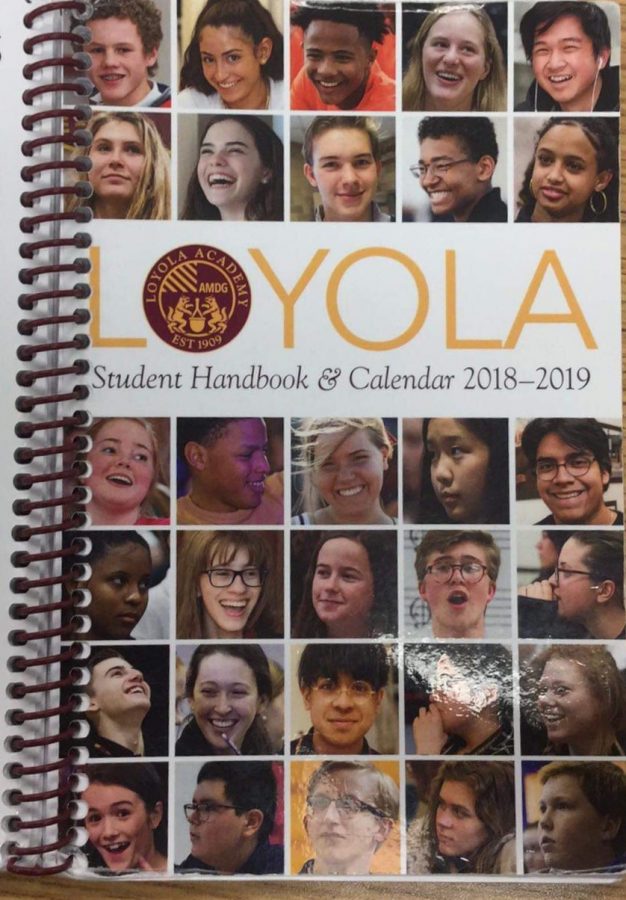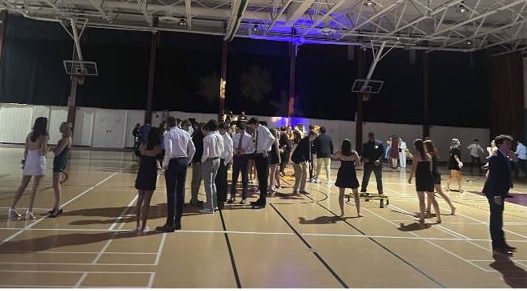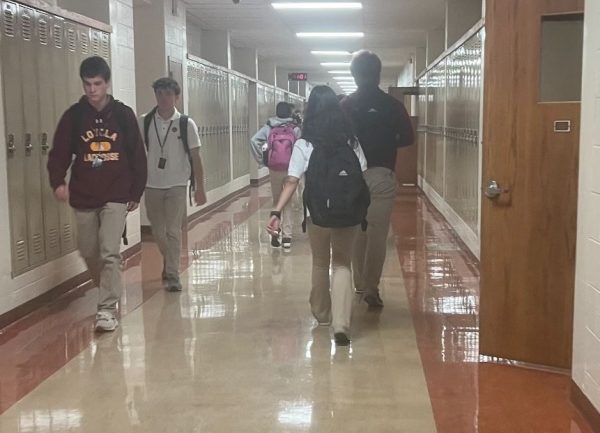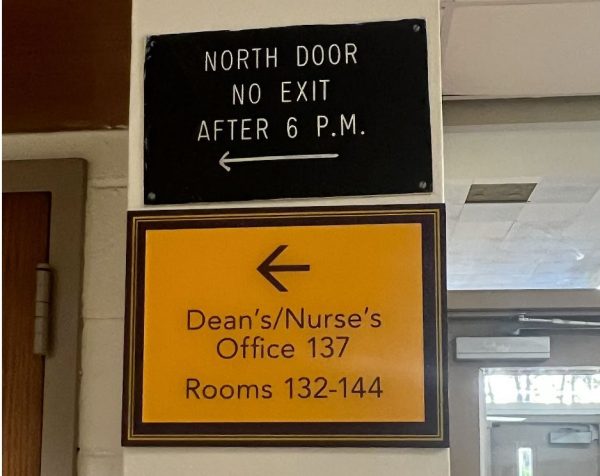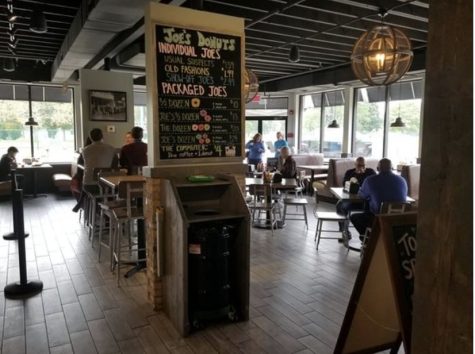A Day in the Life of a Student of Color at Loyola Academy
The Loyola Academy Student Planner
November 30, 2018
Disclaimer: This perspective does not reflect the point of view of every single student of color attending Loyola Academy; this reflects a compilation of perspectives of multiple students of color.
I look around for what seems to be the first time this morning; I guess my brain and my body were not yet in sync from the time my 5 o’clock am alarm went off and my arrival at school. My feet are still defrosting from my hour long train and bus trip, but I have no time think about it before class starts. I’m the last to enter the room. I take my seat as soon as the bell rings and focus on the teacher.
“Today we will be continuing our discussion on the migrant caravan and the tensions brewing at the U.S. Mexican border,” he says. “Would anyone like to remind the class what we went over last time?” The number of hands that fly up match the number of dinosaurs still in existence. The silence is awkward and goes on for much longer than necessary, but my teacher dismisses it, contributing the lack of participation to us being tired.
But as weary as I was from staying up for most of the night in attempts to get my homework situated, I knew everything there was to know about this topic because my parents–both immigrants themselves–never stopped talking about it. At home and after school, the effects of the brewing tensions manifested through my daily life, but here it was nothing more than a topic to use for lackluster discussion.
Still, my arm remained unraised.
We are asked to turn to the student situated behind us and answer our teacher’s question in pairs. The class erupts into conversation; I can’t help but overhear the ones nearest to me.
“Why are we even talking about this? It literally has nothing to do with anything.”
“I know right, like, the illegals aren’t even here yet, so, who cares?”
The class comes back together and some half-hearted answers are given once the teacher calls on a few students, then we continue on. For the rest of class, I feel bad for not speaking up on an issue that has the most direct effect on me more so than anyone else this classroom. This spans from fear of coming across as a representational spokesperson for minority populations.
I look around, this time in the hallway as the passing period ensues. I give greetings to those familiar to me, but it is a while before I spot faces that match my own. The morning goes by as mundane as any other, full of fake smiles and a false display of gratitude from me to a community that expects me to constantly be grateful by default. Thankful that people like me get handed such a wonderful opportunity is what I should be.
Lunchtime emerges and I can finally drop the act. My friends make pop culture references and recount a bizarre instance that occurred on the Red Line train this morning along with other stories that connect us to the world outside of here. Our mannerisms are more lively than they have been all day and slang and swear words sometimes slip out followed by sporadic laughter.
A new friend comes over, her eyebrows are furrowed intently and her jaw is clenched; we ask what’s wrong and she tells us of how she overheard an exchange where two white students threw around the ‘N’ word several times.
The conversation is much less lively after that.

